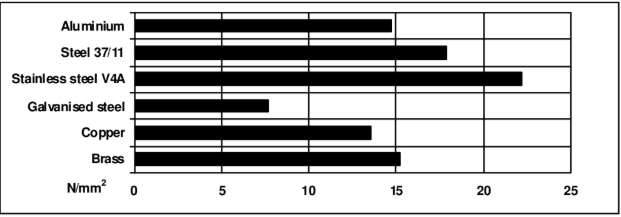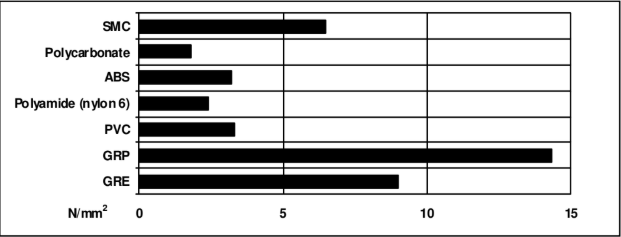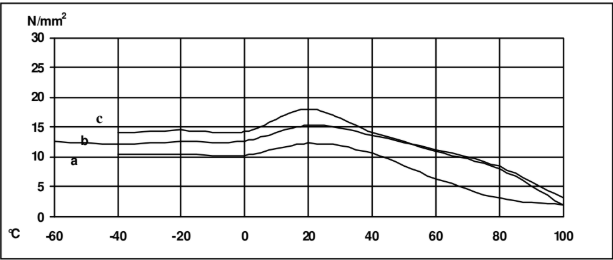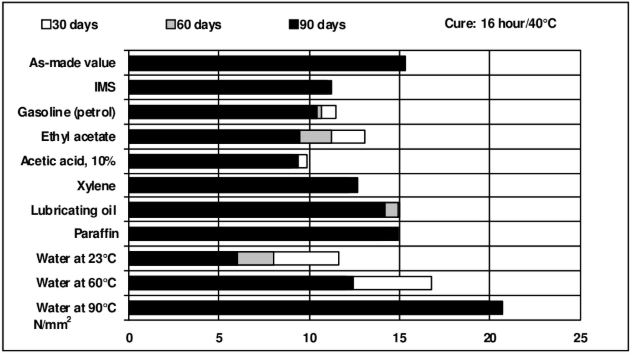Enhanced TDS
Identification & Functionality
- Chemical Family
- RTU Product Type
- Technologies
- Product Families
Features & Benefits
- Labeling Claims
- Ready-to-Use Product Features
- Product Properties
- Low viscosity
- Heat resistant to ca 50°C
- Easy to apply over large areas
- Solvent free
- Bonds a wide variety of materials
Applications & Uses
- Compatible Substrates & Surfaces
- Markets
- Applications
- Applications of Adhesives
- The resin/hardener mix may be applied manually or robotically to the pre-treated and dry joint surfaces.
- A layer of adhesive 0.05 to 0.10 mm thick will normally impart the greatest lap shear strength to the joint.
- The joint components should be assembled and secured in a fixed position as soon as the adhesive has been applied.
Properties
- Physical Form
Regulatory & Compliance
- OEM Specifications
Technical Details & Test Data
- Cured Properties
Typical Cured Properties
- Unless otherwise stated, the figures given below were all determined by testing standard specimens made by lap-jointing 114 x 25 x 1.6 mm strips of aluminium alloy. The joint area was 12.5 x 25 mm in each case.
- The figures were determined with typical production batches using standard testing methods. They are provided solely as technical information and do not constitute a product specification.
Average lap shear strengths of typical metal-to-metal joints (ISO 4587) (typical average values)
- Cured for 16 hours at 40°C and tested at 23°C
- Pretreatment - Sand blasting

Average lap shear strengths of typical plastic-to-plastic joints (ISO 4587) (typical average values)
- Cured for 16 hours at 40 oC and tested at 23°C
- Pretreatment - Lightly abrade and alcohol degrease.

Lap shear strength versus temperature (DIN 53283) (typical average values)
- Cure: (a) = 7 days /23°C; (b) = 16 hours at 40°C ; (c) = 24 hours at 23°C plus 30 mins at 80°C

Property Value Unit Test Method at Condition Roller peel test 1 N/mm ISO 4578 Cured 16 hours at 40°C
Tensile Strength 38 MPa ISO 527 - E Modulus 1.7 GPa ISO 527 - Glass Transition Temperature 55 °C - Cured 7 days at 23°C
Lap shear strength versus immersion in various media (typical average values)
- Unless otherwise stated, L.S.S. was determined after immersion for 90 days at 23°C

Lap shear strength versus tropical weathering (typical average values)
- (40/92, DIN 50015; typical average values)
- Cure: Sandblasted substrate - 16 hours/40°C, Acid etched substrate 7 days/23°C; Tested: at 23°C

Lap shear strength versus heat ageing (typical average values)
- Cure:16 hours/40°C

Property Value Unit Condition Thermal cycling 11.7 N/mm² 100 cycles of 6-hour duration from -30°C to 70°C
Shore D Hardness at 23°C 80 D Cured 16 hours at 40°C
Property Temperature G' Value Unit G" Value Unit Shear Modulus 30°C 0.4 GPa 40 MPa Shear Modulus 50°C 0.3 GPa 35 MPa Shear Modulus 70°C 0.13 GPa 28 MPa Shear Modulus 90°C 20 MPa 10 MPa Shear Modulus 110°C 5 MPa 1.5 MPa - Processing Information
Pretreatment
- The strength and durability of a bonded joint are dependant on proper pretreatment of the surfaces to be bonded.
- At the very least, joint surfaces should be cleaned with a good degreasing agent such as acetone or other proprietary degreasing agents in order to remove all traces of oil, grease and dirt. Low grade alcohol, gasoline (petrol) or paint thinners should never be used.
- The strongest and most durable joints are obtained by either mechanically abrading or chemically etching (“pickling”) the degreased surfaces.
- Abrading should be followed by a second degreasing treatment.
Property Parts by Weight Parts by Volume
Araldite®AY 103-1 100 100 Hardener HY 991 40 50 Resin and hardener should be blended until they form a homogeneous mix.
Mechanical processing
- Specialist firms have developed metering, mixing and spreading equipment that enables the bulk processing of adhesive.
Equipment maintenance
- All tools should be cleaned with hot water and soap before adhesives residues have had time to cure.
- The removal of cured residues is a difficult and time-consuming operation.
- If solvents such as acetone are used for cleaning, operatives should take the appropriate precautions and, in addition, avoid skin and eye contact.
Typical times to minimum shear strength
Temperature (°C) 10 15 23 40 60 100 Cure Time to Reach LSS > 1 N/mm² (hours) 16 12 2 - - - LSS > 1 N/mm² (minutes) - - - - 40 10 Cure Time to Reach LSS > 10 N/mm² (hours) 48 22 6 - - - LSS > 10 N/mm² (minutes) - - - - 65 13 LSS = Lap shear strength.
Storage & Handling
- Storage and Handling Precautions
Storage
- Araldite®AY 103-1 and Hardener HY 991 must be stored at room temperature and the components must be stored in sealed containers.
Handling Precautions
- Our products are generally quite harmless to handle provided that certain precautions normally taken when handling chemicals are observed.
- The uncured materials must not, for instance, be allowed to come into contact with foodstuffs or food utensils, and measures should be taken to prevent the uncured materials from coming in contact with the skin, since people with particularly sensitive skin may be affected.
- The wearing of impervious rubber or plastic gloves will normally be necessary; likewise the use of eye protection.
- The skin should be thoroughly cleansed at the end of each working period by washing with soap and warm water.
- The use of solvents is to be avoided. Disposable paper - not cloth towels - should be used to dry the skin.
- Adequate ventilation of the working area is recommended.
Other
- Appearance
- Pale yellow
- Application Information
Value Units Test Method / Conditions Mix Ratio 0.4 %(W) %(W) Hardener : Resin - Physical Properties
Value Units Test Method / Conditions Gel Time 200.0-400.0 m m Internal Method at 25°C Lap Shear Strength min. 14.0 MPa MPa Internal Method at 25°C, cure at 30min,100°C Specific Gravity approx. 1.0 -
